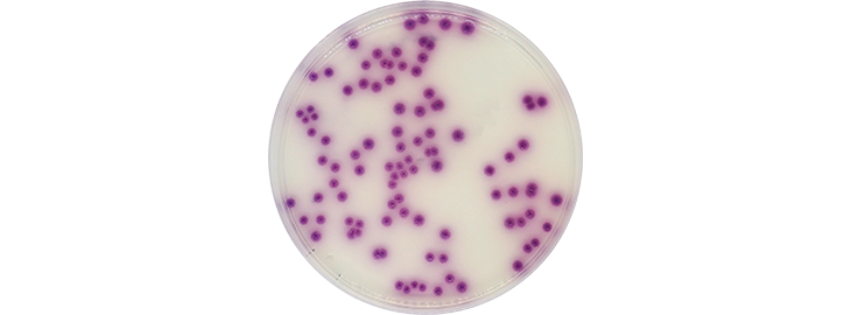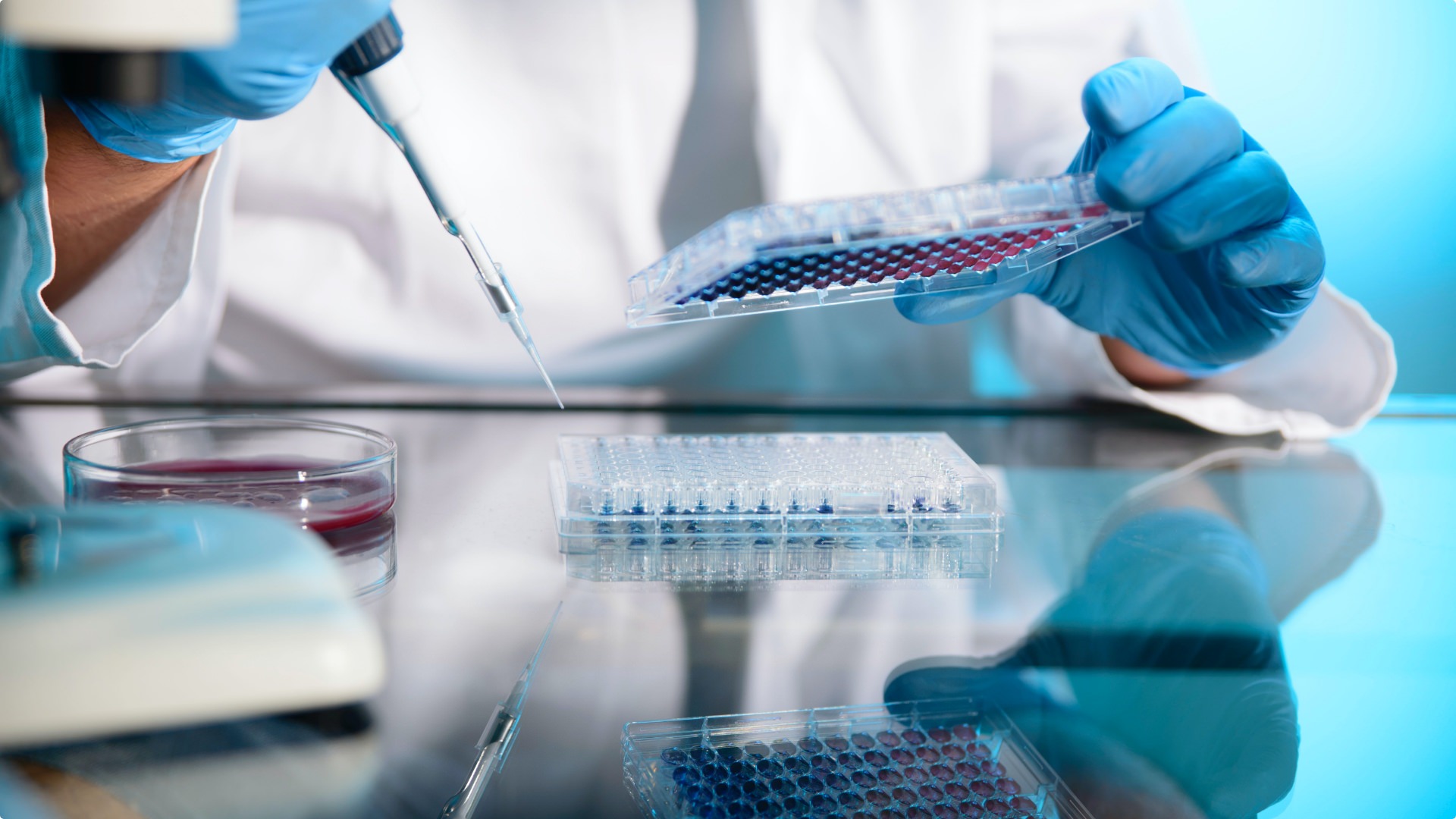Understanding and Identifying Salmonella: A Practical Guide to Food Safety!
We’re diving into a topic that significantly affects both public health and the global food industry: Salmonella. In this discussion, we’ll explore what it is and how modern science plays a crucial role in detecting it.

Salmonella refers to a group of rod-shaped, Gram-negative bacteria from the Enterobacteriaceae family. These bacteria are motile due to the presence of flagella, allowing them to thrive in a variety of environments.
There are two primary species of Salmonella:
- Salmonella bongori
- Salmonella enterica (this species includes several subspecies)
Among these, Salmonella enterica subsp. enterica is the one most commonly associated with human infections. Notable serotypes include:
- S. typhimurium
- S. enteritidis
- S. typhi
These serotypes are responsible for both non-typhoidal and typhoidal salmonellosis—terms that refer to foodborne illness and typhoid fever, respectively.
Ingesting food contaminated with Salmonella can lead to symptoms ranging from mild gastrointestinal discomfort to severe systemic complications.
Detection Methods
Traditional detection follows ISO 6579 standards, which involves several steps:
Each of these stages narrows down and confirms whether Salmonella is present.
A secondary detection method
Salmonella Chromogenic Agar from Condalab!
This chromogenic medium offers:
- Faster results (within 18–24h)
- Magenta colonies for Salmonella
- Easy differentiation from E. coli (blue-green) and Proteus (colorless)
- Ideal for quality control enviroments, particularly where shelf life ius limited.

Regulatory Standards
Across the European Union, strict regulations are in place to control Salmonella in food products—from broiler carcasses to pet treats. In many cases, the accepted level is zero tolerance.
Agencies such as the European Commission, WHO, and EFSA (European Food Safety Authority) rigorously enforce these standards to protect public health and maintain consumer confidence.
Trusted Tools for Reliable Results
Want to get started with your own testing setup?
As the exclusive distributor of Condalab in the Philippines, Asiagel Corporation offers a comprehensive suite of microbiological culture media for Salmonella detection.
View the full catalogue here.
If you are in food production or research, understanding how Salmonella works and how to detect it is key to staying safe and informed.
Contact us: info@asiagel.com
Continue learning about this topic in our free learning session online.



